5315004537488
Price Quote Get an up to date pricing and availability quote for this product. Order online or over the phone.
Quality Commitment
Serving our customers with quality and safety first.
- AS9120 Certified
- Audited supply chain
- ITAR Registered
- DDTC Registered
- HAZMAT Certified
- Customer service objectives
- Every product 100% inspected

5315-00-453-7488 Specification Set by the OEM (see RNCC code 3)
chamfered
11.620in. ⁓11-5/8"
2.740in.
9.500in. and 11.120in.
0.103in.
0.120in.
0.062in.
identical
both ends
45.0 degrees
63.0 microinches outside diameter
gone 0.125 in.-27 npt thd hole, 1.125 in. drilled depth on ea end; one 0.125in. dia hole 1.375 in. drilled depth 1.000 in. from ea end located on parallel line to longitudinal axis; both ends identical
steel comp 4140 or steel comp W108
aisi 4140 assn std 1st material response and QQ-T-580, grade b, class W108 fed spec 2nd material response
phosphate
MIL-STD-808 D101 mil std single treatment response
groove
Cross Reference Parts Part numbers that meet the specification outlined on this page and set by the OEM
Identification Item Identification Guide (IIG) and Item Name Code (INC)
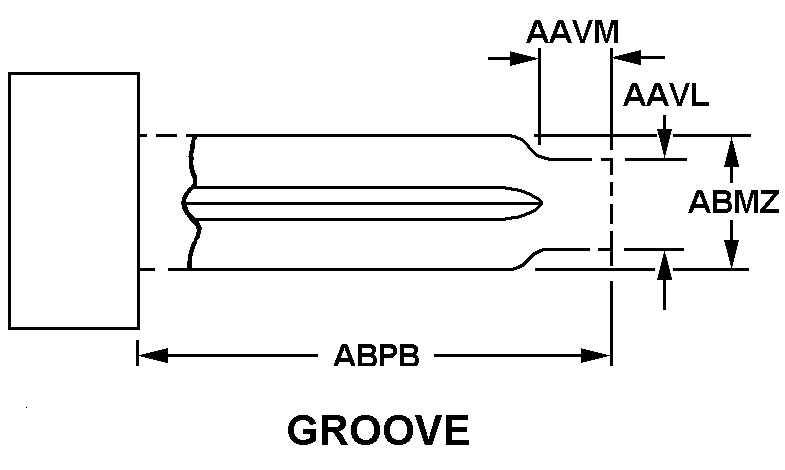
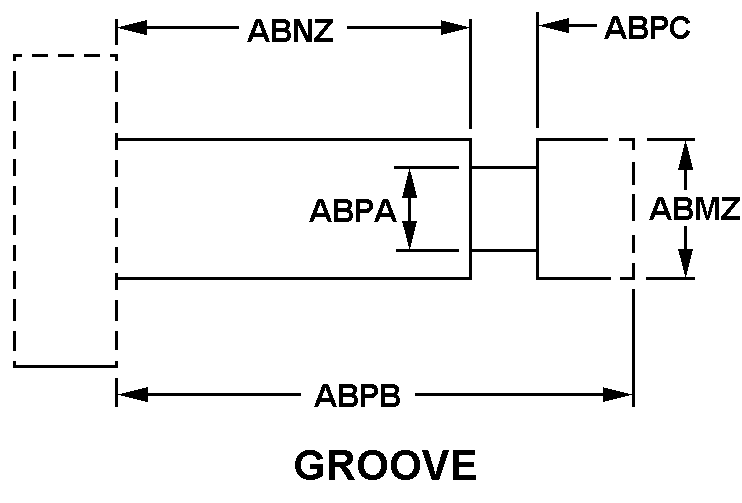
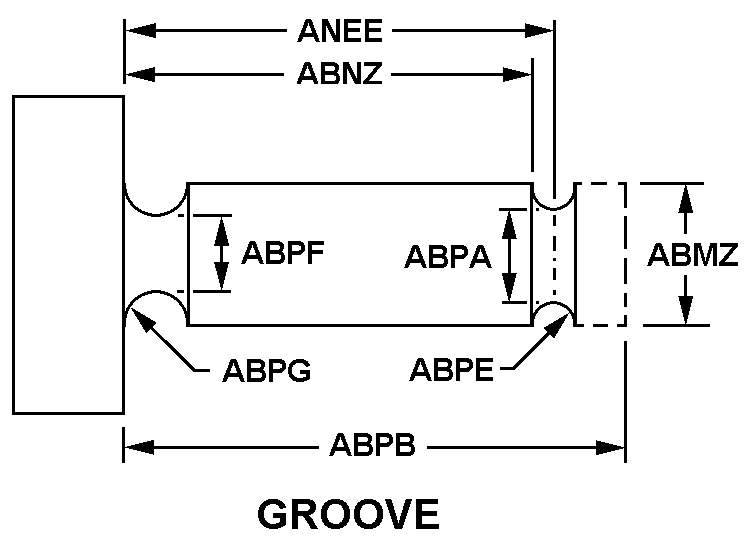
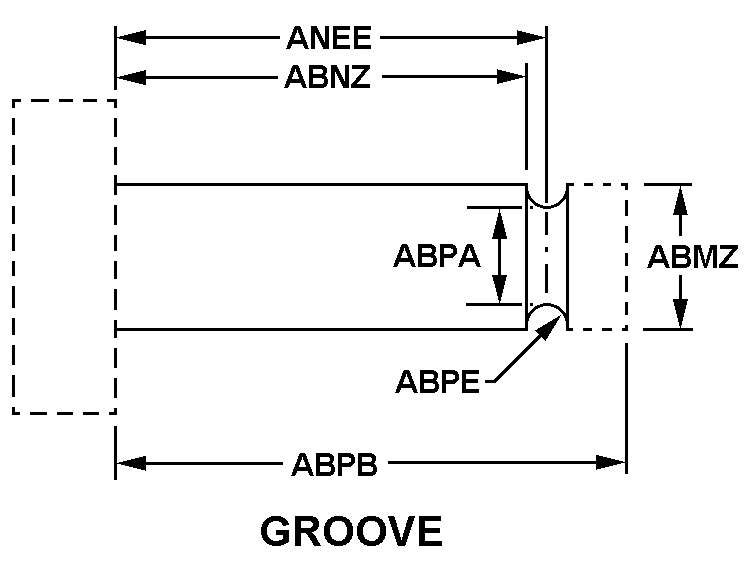
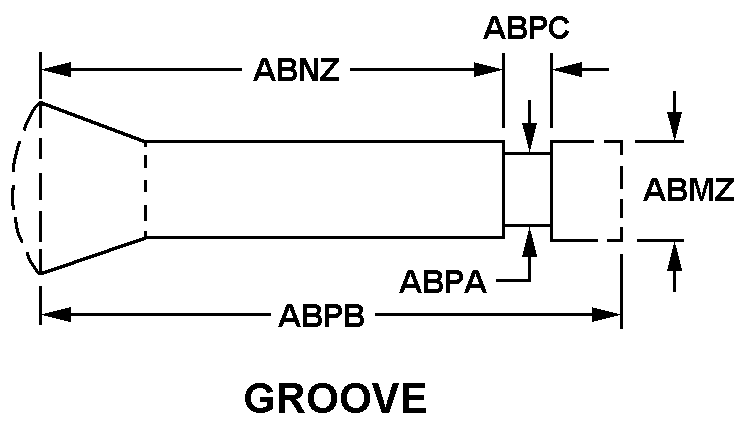
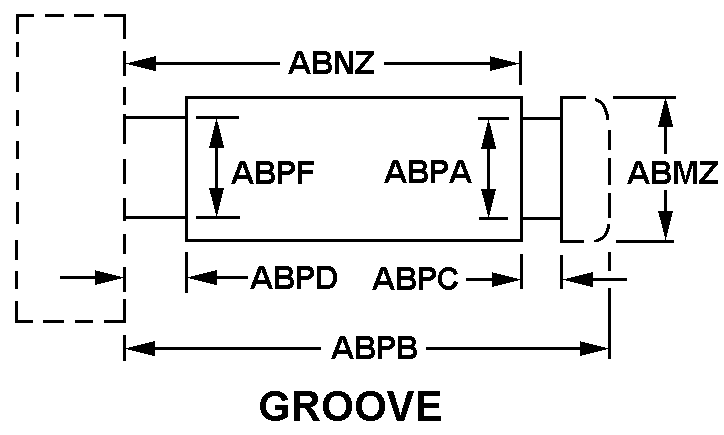


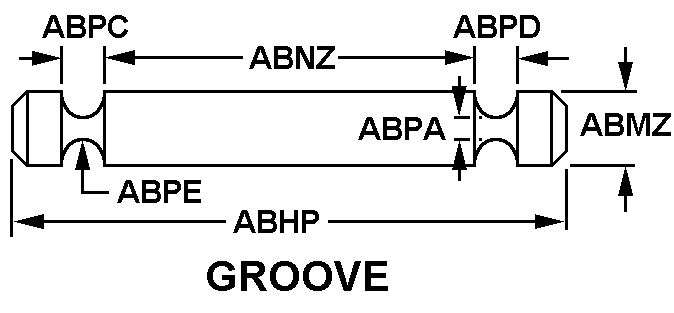
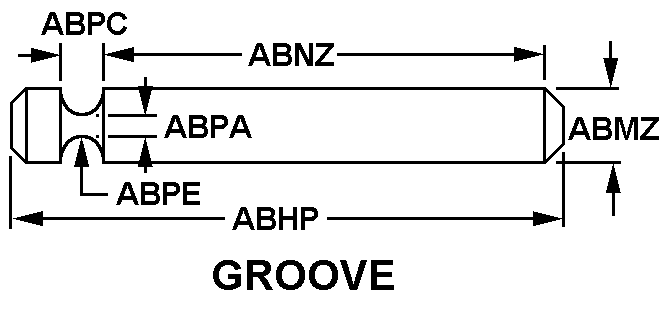

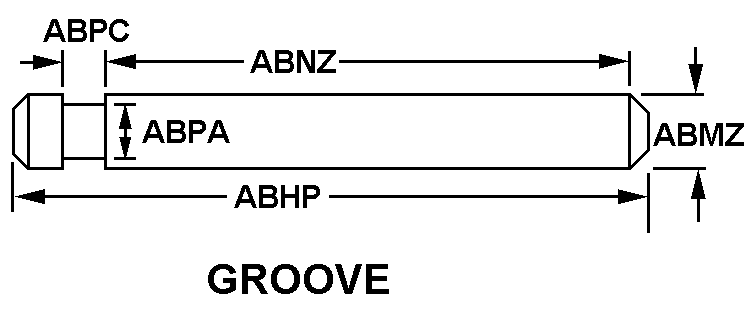
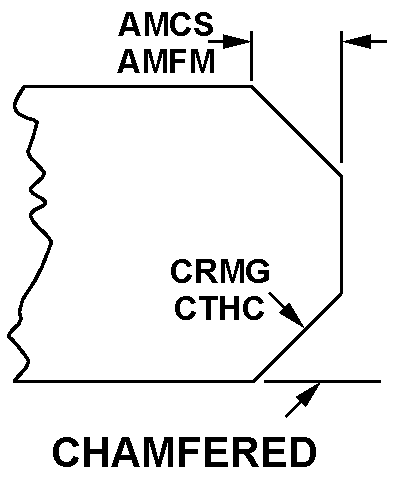
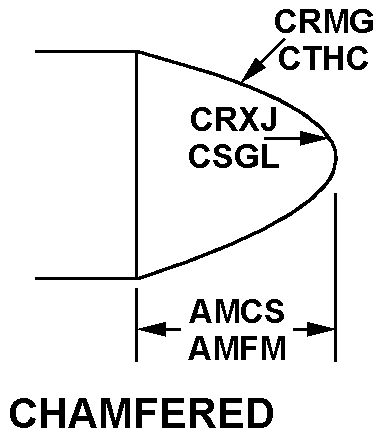
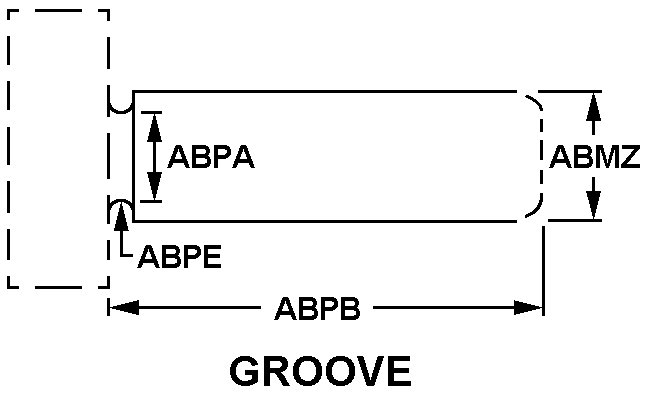
Definition Definition of approved item name (AIN): "PIN,GROOVED,HEADLESS"
A headless item of various shapes, usually cylindrical, having either circular or longitudinal groove(s). Its length must not exceed 12 inches (304 mm). Excludes rod, grooved, headless; shaft (as modified); and pin, vehicular leaf spring shackle.
5315-00-453-7488 Material Hazmat, Precious Metals, Criticality, Enviroment, and ESD
Indicates there is no data in the hmirs and the nsn is in a fsc not generally suspected of containing hazardous materials.
Precious metal content is unknown
The item does not have a nuclear hardened feature or any other critical feature such as tolerance, fit restriction or application.
Identification Codes
HMIC: Hazardous Material Indicator Code. A one position code that identifies a hazardous item.
PMIC: Precious Metal Indicator Code. A one position code which identifies items that have precious metals as part of their content. precious metals are those metals generally considered to be uncommon, highly valuable, and relatively superior in certain properties such as resistance to corrosion and electrical conductivity.
ESD: Electrostatic Discharge. Indicates if an item is susceptible to electrostatic discharge or electromagnetic interference damage. electrostatic discharge damage occurs when an accumulation of static electricity generated by the relative motion or separation of materials is released to another item by direct contact. electromagnetic interference damage occurs when an item comes into proximity with an electrostatic or magnetic field.
ENAC: Enviromental Attribute Code. Identifies items with environmentally preferred characteristics.
CRITL: Criticality Indicator Code. Indicates an item is technically critical by tolerance, fit, application, nuclear hardness properties, or other characteristics.






